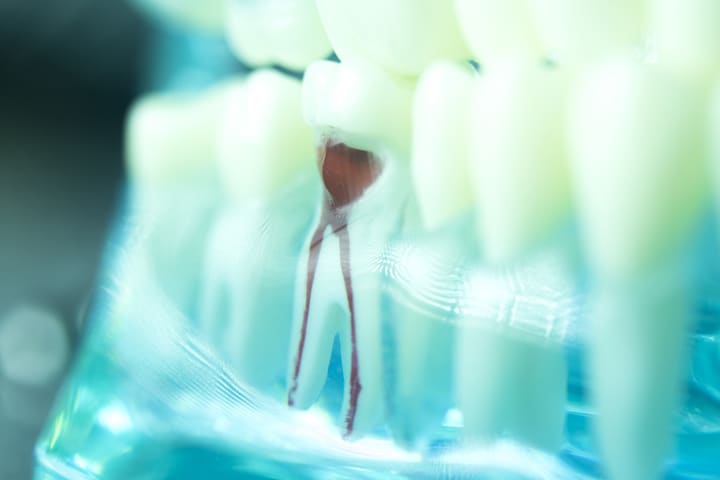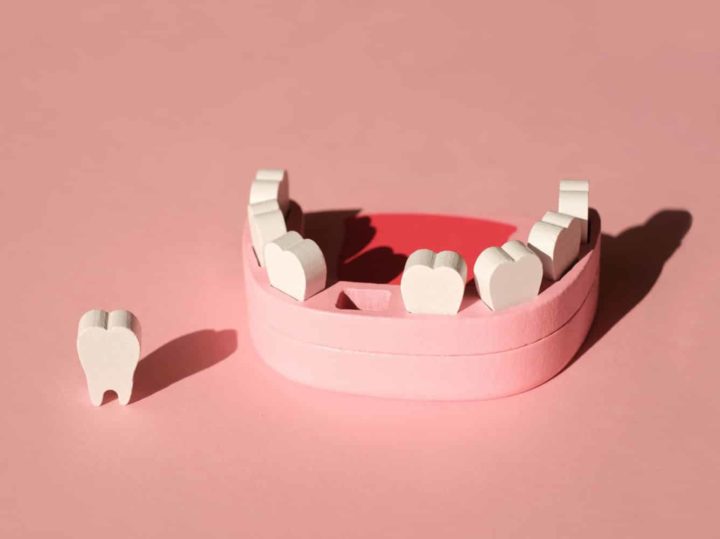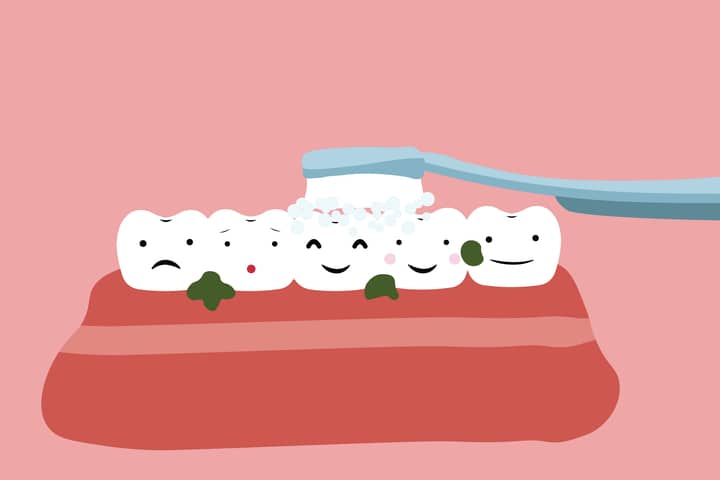Your teeth are meant to last a lifetime and with modern treatment methods this is often possible, despite damage or decay. Take root canal treatment (RCT) for example. Once-upon-a-time a tooth with an infected nerve had to be extracted; now it can be saved through root canal (or endodontic) treatment. Any fears conjured thinking of root canal treatment are more myth and hyperbole than fact these days, because not only is having RCT infinitely better than enduring the pain of not having it – but even the treatment itself is pretty much pain-free!
Why do we need a root canal?
RCT is most commonly required:
- Following trauma, such as a physical blow to a tooth
- To eliminate irritation caused by a deep decay or a very large filling
- To rectify bacterial leakage of an old filling or crown
- As a result of severe gum disease
Your general dentist can provide root canal treatment, but in many cases they will refer you to a specialist Endodontist, who have specialized microscopes which enable them to treat more complex cases.
What is a root canal involve?
RCT involves the removal of the tooth’s pulp, a small, thread-like tissue that was important for tooth development, but is redundant in an adult. An infected pulp causes pressure and pain, and is occasionally accompanied by facial swelling. Sometimes the deterioration of the pulp happens so gradually that little pain is felt. Either way, eventually the bacteria can destroy the pulp and the bone surrounding the tooth can become seriously infected.
Once removed, the pulp is replaced with materials that heal infection and seal off the root canal from the underlying jawbone, hence it is possible to leave the tooth intact. For the first few days following the completion of treatment, the tooth may feel sensitive due to natural tissue inflammation, especially if there was pain or infection before the procedure. This sensitivity or discomfort usually can be controlled with over the counter pain medications. Usually you can resume your normal activities the very next day.
Do we need to have a crown after a root canal?
After RCT it may be necessary to have a crown fitted. This is because the tooth is more fragile after having the pulp and nerve removed and the crown adds extra protection. Until your root canal procedure is completely finished i.e. the permanent filling is in place and/or the crown, it’s best to minimise chewing on the tooth under repair. By doing so you will help to avoid recontamination of the interior of the tooth and may also prevent a fragile tooth from breaking before the tooth can be fully restored.
Providing good oral hygiene is observed at home and you maintain regular visits to your dentist, a treated and restored tooth can last a lifetime, so you can continue to smile with confidence.

Dr Luke BDS (Otago) has worked as a Dental House Surgeon in Wellington, New Zealand and as a general dentist at several private practices in both New Zealand and Singapore.
With an interest in crown and bridgework as well as conservative and aesthetic dentistry.











